Camera lens guide: Which sizes and types do you need?
Need the difference between camera lenses explained? If you’re looking to make professional, movie-grade content, here’s all the info.

Choosing the right lens for your camera can completely change the look of your content. Today, we'll rattle through the key things to look out for, plus the different camera lenses you can choose from.
We'll cover:
- What are the basic things to look for when choosing a lens?
- What is focal length?
- What is maximum aperture?
- What is sample variation?
- What is a prime lens?
- What is a zoom lens?
- What is a standard lens?
- What is a kit lens?
- What is a wide-angle lens?
- What is a telephoto lens?
- What is a macro lens?
- What is a rectilinear lens?
- What is a fisheye lens?
- What is a tilt-shift lens?
What are the basic things to look for when choosing a lens?
Focal length and aperture are two key features to explore when choosing a lens, but it doesn't stop there. Quality-based quirks like sharpness, chromatic aberration, lens flare, and more are all valid things to consider. Click here for a short rundown of all things lens quality, and keep reading for our camera lens guide.
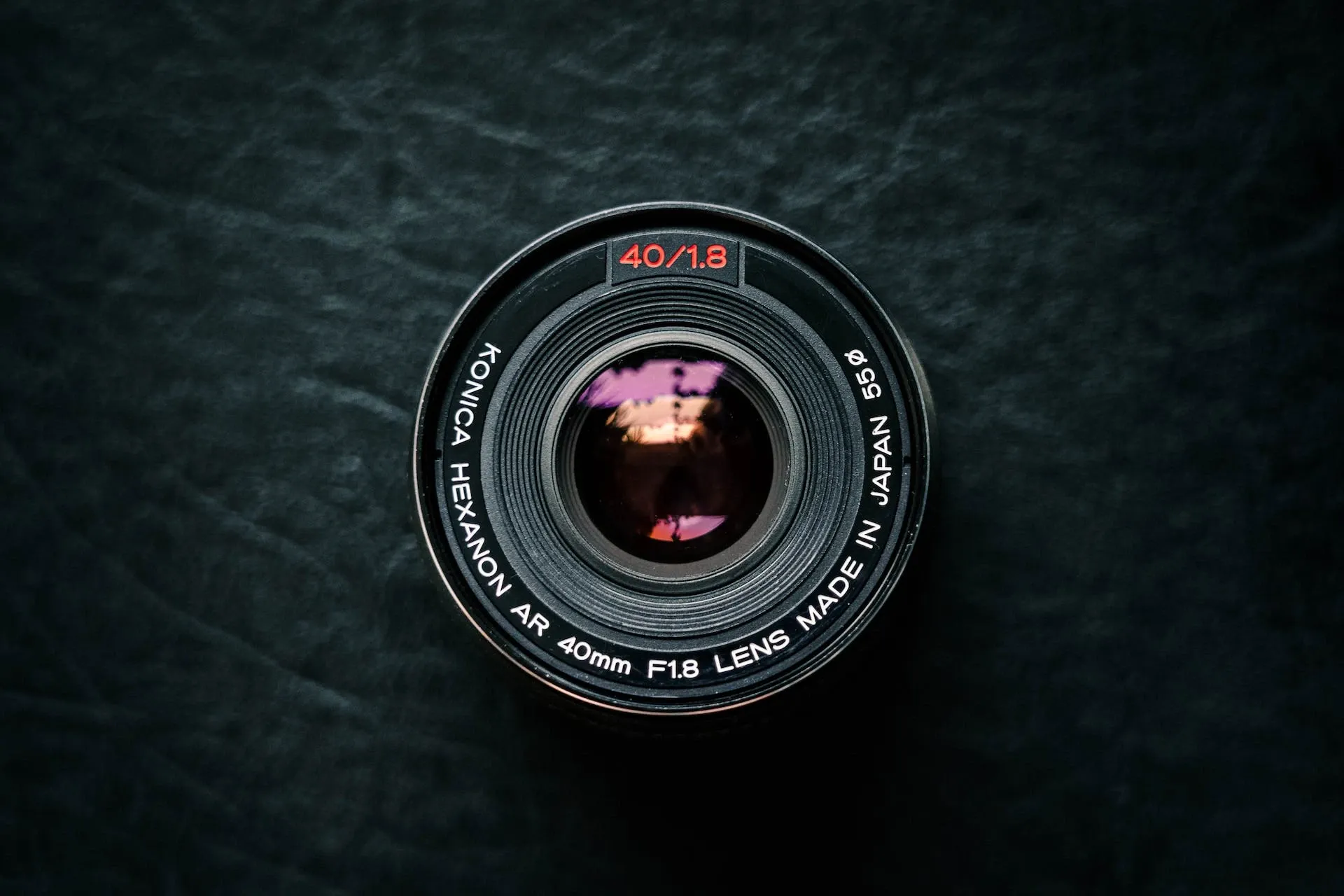
What is focal length?
Focal length is the most important thing to consider when choosing a camera lens. It's measured in millimeters, which are clearly noted numerically with 'mm' following the value. You can find this in your lens' specifications, and the number should also be printed on the front of the lens.
Focal length is determined by the difference between the camera's sensor and the point at which light enters the lens — the latter property is often called the 'nodal point.'
A low focal length is more zoomed out, whereas a higher focal length is more zoomed in. You should be able to find the focal length written on any lens you pick up.

What is maximum aperture?
Another key stat to look for is a lens' maximum aperture. This can be found in the 'f/number' value, and in a nutshell, it's kind of like your camera's eye. The aperture is the pupil, growing and shrinking as it's exposed to more and less light. Maximum aperture is sometimes called 'f-stop.'
Maximum aperture is written as a fraction. The lower the fraction, the more light will come through, and the larger a hole it'll burn in your wallet. Let's take a look at some examples:
- Lower than f/2.8: Anything lower than f/2.8 is considered a large aperture. This will let in tons of light
- f/2.8: A lens with an f-stop of f/2.8 will be more expensive and 'premium' than one with f/4 — the f/2.8 lens can let in more light, giving you more freedom when shooting
- f/16: You can change your lens' aperture, and most lenses will run to at least f/16. The further you go, the less light you'll let in
- Higher than f/22: Anything higher than f/22 is super-narrow, leading to stylized, low-light imagery
Maximum aperture is worth considering because it impacts your depth of field — combined with f-stop, it can make a huge difference to your work.
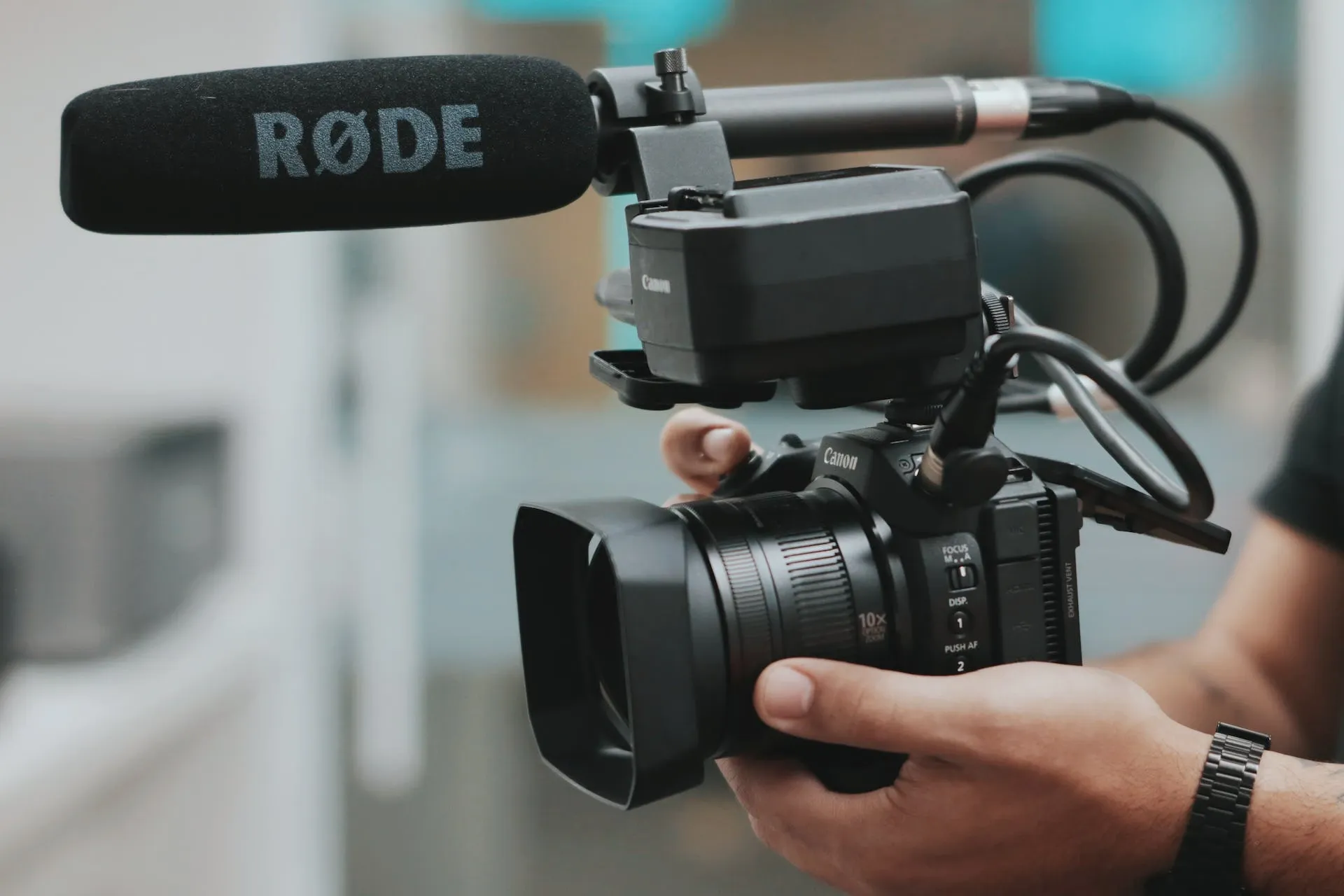
What is sample variation?
Sample variation is an issue that, unfortunately, can't be solved. If you've read a glowing review of a lens and decided to buy it, you'd expect said lens to live up to the hype.
Once you get the lens and it doesn't match your expectations, your initial reaction is probably: I've been conned! More likely, though, is that you've fallen foul of sample variation. All manufactured parts will vary, even if it's by a tiny degree. If your lens is noticeably poorer than you'd anticipated, it's best you get in touch with the retailer from whom you purchased it.
So, we've gone through those basics. Before we get into the camera lens guide, it's worth checking you've got all bases covered for your content. Budget, location, cast — but what about music? After all, the soundtrack can make or break your content. Leave nothing to chance and use Epidemic Sound's massive catalog.

What is a prime lens?
A prime lens has a fixed focal length. Most of the lenses we discuss below can fall under the category of prime lens, provided they have that fixed focal length.
Prime lenses used to be considered superior to zoom lenses, as professionals claimed that the former's fixed focal length provided more clarity. Nowadays, technological advances have almost closed that gap, although some people still prefer to use prime lenses.
On the whole, prime lenses are smaller and cheaper than zoom lenses. They also boast a greater maximum aperture.

Practically, prime lenses come into their own in controlled environments. Film shoots, interviews, and rehearsed, tight-knit video sets can benefit from prime lens usage, while they also come in handy for solo creators who're packing light.
What is a zoom lens?
Zoom lenses are the other broad lens category, letting you tinker with the focal length. They're perfect for fast-paced shoots, as they allow for variation without having to carry and change multiple lenses while the action's happening. Zoom lenses' adaptive focal length means they can switch between something like wide-angle to telephoto — they're multi-purpose.
Standard zoom lenses sit between 24mm and 105mm. These offer more focal length variation, but aren't quite as speedy as, say, a 24–75mm zoom lens. While they're not perfect, a standard zoom can cover a lot of ground.
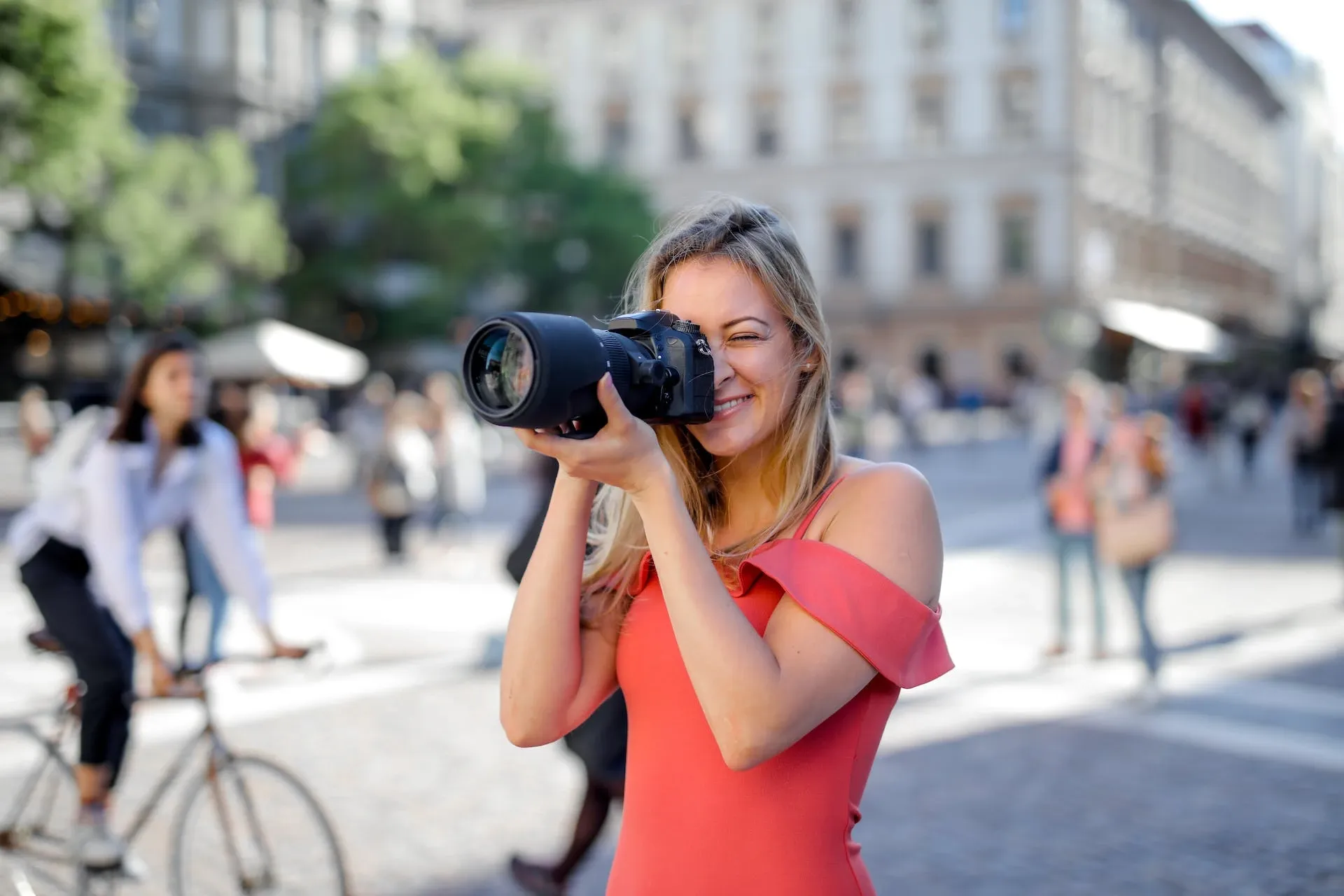
What is a standard lens?
Standard lenses are closest to how humans see real life: they have a large aperture and don't leave a lot of room for distortion. While they're not the artsiest of lenses, these puppies are great for documentary shoots, interviews, and the like.
What is a kit lens?
Kit lenses often come bundled with a new camera upon purchase, and usually range between 18mm and 55mm. Kit lenses are very much beginner lenses, providing a generous focal length and giving newbies the flexibility to figure out what works best for them. More often than not, they're cheaply built — we'd recommend moving away from kit lenses if you've bought a new camera for your project.
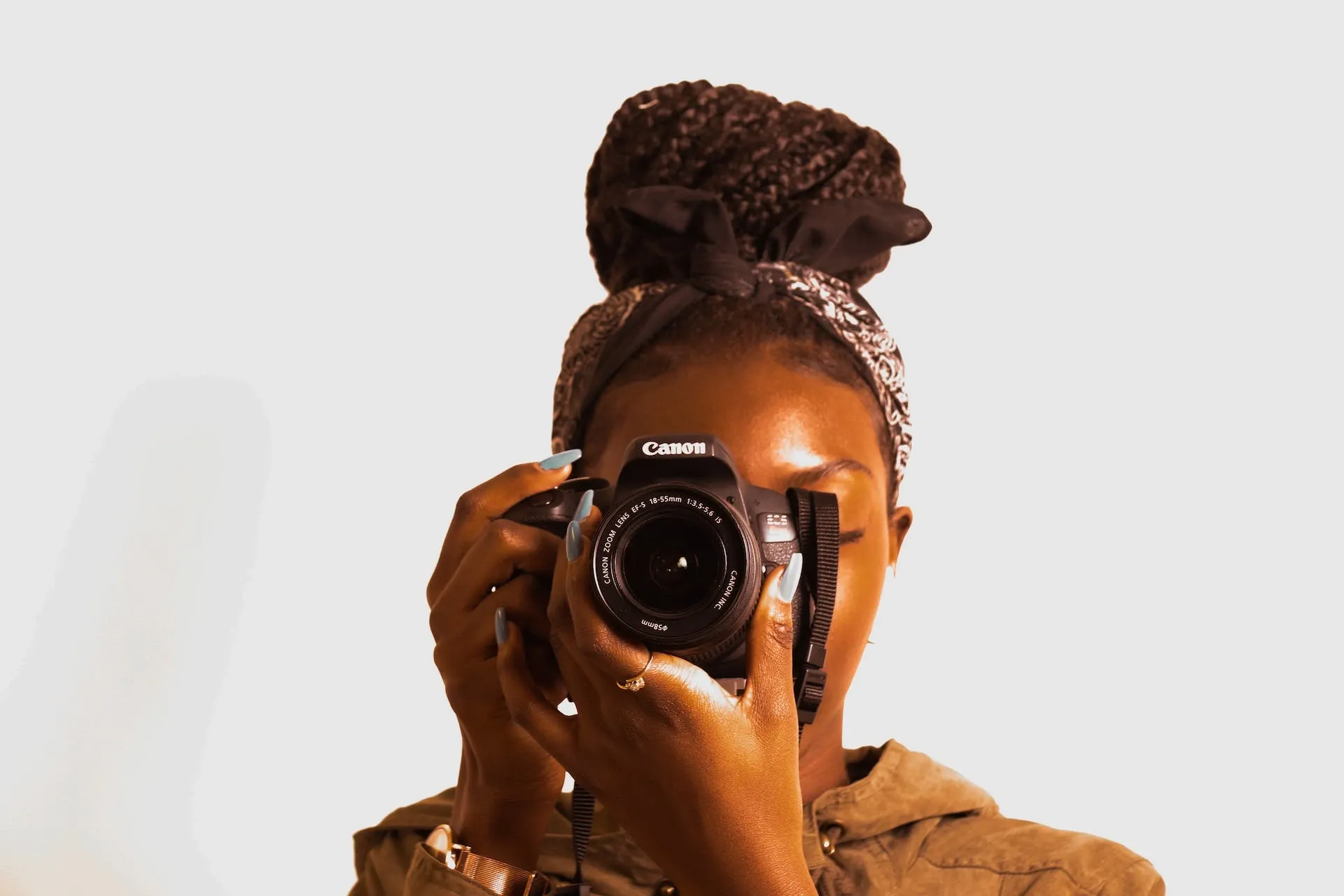
What is a wide-angle lens?
Wide-angle lenses do what they say on the can: they have a wider field of view. On the surface, this means you can fit more detail into your shots without cropping the important details.
When you start digging, though, wide-angle lenses provide much more than just 'extra things in your frame.' Their larger depth of field gives your shots a crispness throughout, not sacrificing the foreground, middle ground, or background for the others' sake.
Artistically, wide-angle lenses make subjects in the foreground look larger than they actually are, and any subjects further away look small. This can make for interesting portraits, but approach with caution — wide-angle lenses might enlarge the wrong features of a person, depending on which body part is closest to the camera.
You'll mostly see wide-angle lenses used for dramatic landscape shots. One of the more famous examples is the Tatooine sunset in George Lucas' original Star Wars — that shot wouldn't land nearly as well without the wide-angle lens.
'Standard' wide-angle lenses have a focal length between 35mm and 24mm. If you go down between 24mm and 18mm, it's just a wide-angle lens. Anything below 18mm is considered ultra-wide-angle, and would stray into fisheye territory — we'll cover that in a couple of minutes.
What is a telephoto lens?
Telephoto lenses have longer focal lengths, resulting in a narrow field of view, low depth of field, and a magnified image. These lenses are popular in sports and wildlife photography, as they're able to capture the slightest of movements from long range.
There are three typical ranges for telephoto lenses:
- 70–200mm, which is great for portrait photography. It allows you to zoom into your subject and capture subtle movements and expressions without crowding them. The low depth of field is great for separating your subject from the background, too
- 100–400mm, which offers a solid focal length and works a treat for wildlife and landscape photography
- 150–600mm, which does a similar job to the 100–400mm, but with a wider focal length
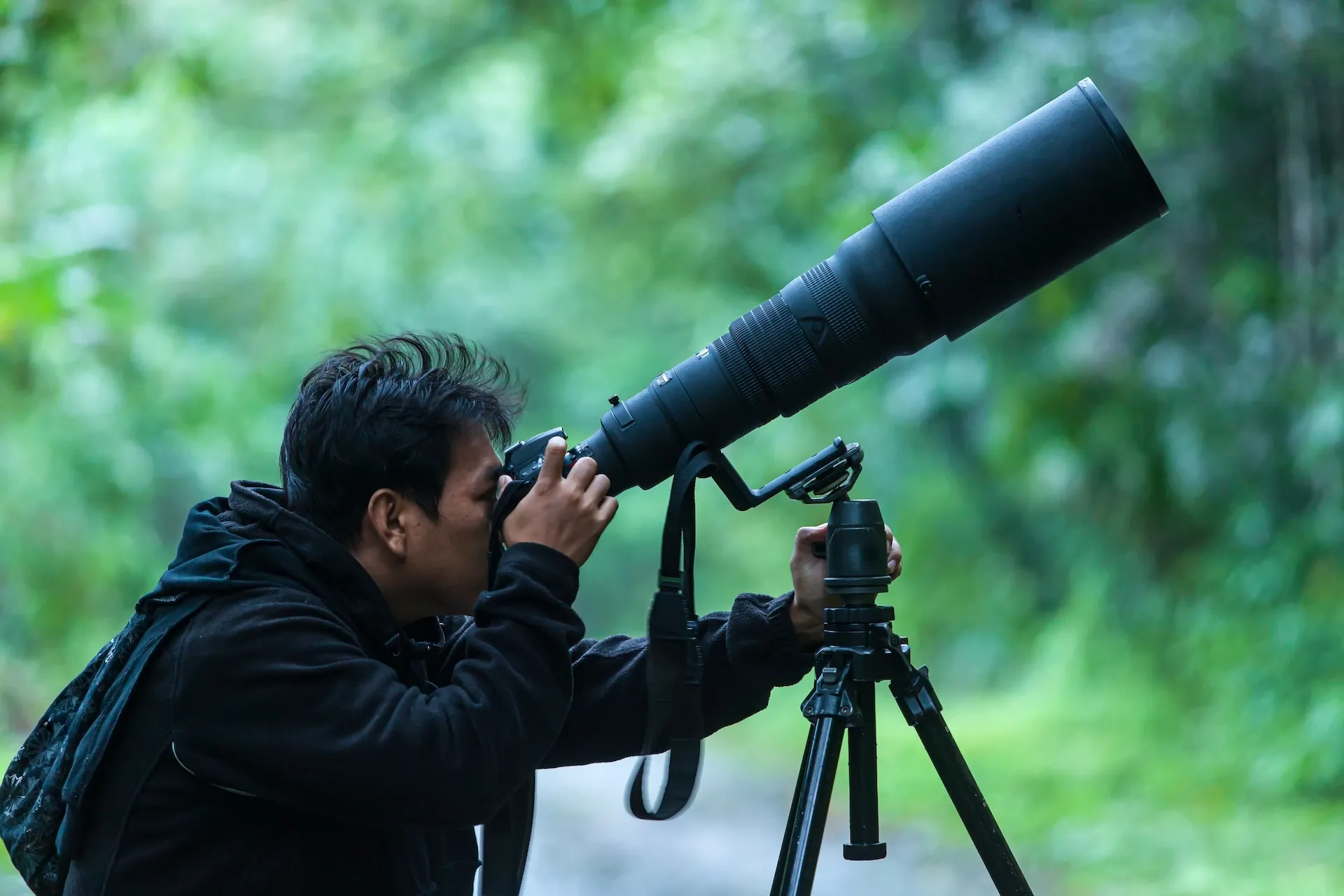
You can go the whole hog and get a prime telephoto lens, too. These run between 85mm and 800mm, resulting in even more flexibility when shooting — some specialty lenses go even higher than 800mm.
Broadly speaking, any telephoto lens above 400mm is called a 'super-telephoto' lens. These camera lenses have the most acute attention-to-detail, able to render detail like the crags on the moon. They also come with a super-tele-oh-no price — some climb up to the region of $20,000 and higher. They're worth it, but they're not for beginners.
What is a macro lens?
Macro lenses allow extreme focus at close-range, meaning you can capture tiny details on plants, insects, jewelry, and more. They do this by creating a life-size, 1:1 image — you can also buy macro lenses that magnify at a scale of 2:1 or above, providing even more magnification.
Using a macro lens allows for a shallower depth of field, softening your background and distinguishing it from your subject. Macro lenses will often fall into other categories, too. For example, you can pick up an ultra-wide-angle 14mm macro lens, or a 100mm telephoto macro.
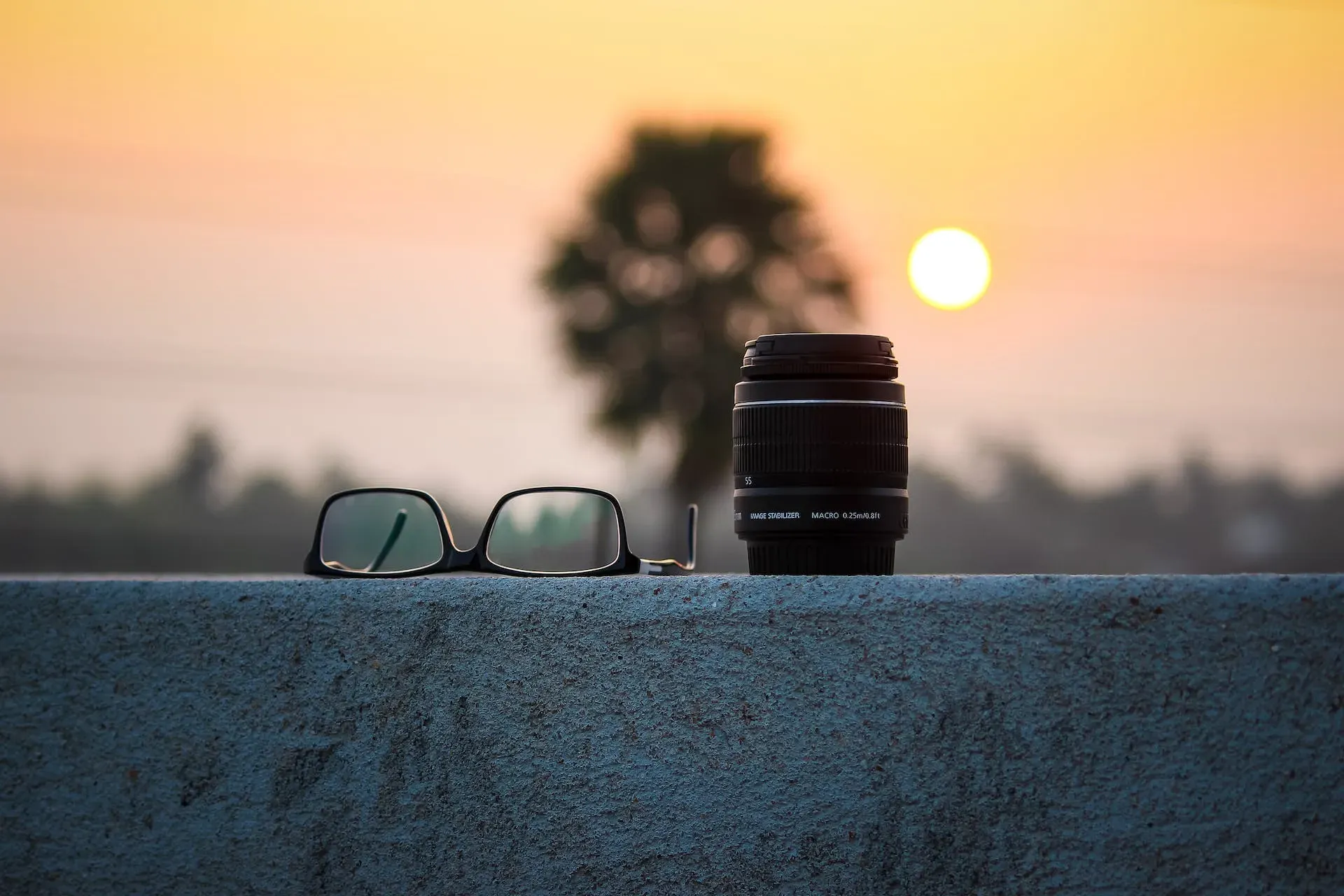
What is a rectilinear lens?
Rectilinear lenses help keep straight lines straight. Most camera lenses are rectilinear to some extent, giving you the tools to set up realistic, well-composed shots. However, if you're filling the frame with tons of information and have a wide field of view, you could end up 'flattening' subjects.
What is a fisheye lens?
Fisheye lenses swim against the current, inverting the view you get with rectilinear models. A fisheye shot is ultra-wide — also known as 'curvilinear' — and distorts the image, creating a stylized, panoramic picture.
These lenses are often used when taking photos from great heights, to convey the scale of the world beneath. Fisheye lenses can also be employed to make your content more 'arty.' Filmmaker Yorgos Lanthimos is a huge fisheye fan, employing them to create a sense of unease and fantasy in his frames.
What is a tilt-shift lens?
Tilt-shift lenses are unusual, given they act as an on-camera, manual editing device. A tilt-shift lens lets photographers play around with perspective, distortion, and depth of field, all by tilting the lens. This alters the lens' relationship with the camera's sensor, resulting in the desired change.
For example, a tilt-shift lens can straighten up a building's straight lines without relying on a rectilinear lens. You can play around with video editing software to correct these things after your shoot, but some creators prefer using tilt-shift because it saves time and gives them the freedom to choose.
Because you should have the freedom to choose — everything from the lens to the mics, the special effects to the music. And if you need help on the music front, don't sweat it. Epidemic Sound's catalog of more than 50,000 tracks has got your back.
Our catalog is high-quality, affordable, and safe. An Epidemic Sound subscription goes beyond royalty-free music, removing the headache of licensing and freeing you up to do what you do best. You can enjoy the safety of our license hand-in-hand with our massive catalog, covering just about every genre you can think of. You’ll also gain unlimited access to our advanced search functions — finding the right sound’s never been easier.
It’s better than royalty-free. It’s worry-free. Get started with Epidemic Sound below.

Are you a filmmaker? We've got you covered with background music for videos, including:
Take your video editing to the next level with our massive catalog of music for filmmakers.

